The history of the cannon on the town common
Provided by Jackie Clay and the Thursday, June 17, 1999 issue of the Westford Eagle
The larger photograph of the cannon on the common was originally taken on July 4, 1899. It is from the collection of Bill Macmillan. The smaller photograph in the upper left is a modern image of the cannon.
May 1, 2023
On the town common, along with memorials and benches, is an old cannon, representing a piece of the country’s history hidden in this small town. This monument is a hunk of metal with a fascinating history that makes the common a bit more interesting. Next to it are piles of cannon balls, from an entirely different war, that are welded together.
Later on, the cannonballs were welded together because kids used to throw them down the street during Halloween or the 4th of July, much to the dismay of the onlookers.
“Especially during the 4th of July and special town events, they would somehow mysteriously get rolled downhill,” Westford Museum director Linda Greene said. “The younger students in town would roll the cannonballs down Main Street. That was one of the reasons that the ones that still remain are welded together. There used to be a lot of practical pranks that happened.”
The Board of Selectmen had them welded together following these incidents and after many of them were stolen.
The cannonballs are also too large for the muzzle, so the cannon and cannonballs weren’t used together for defensive purposes in Westford during the Revolutionary War. This leaves the purpose and meaning of the cannon to be mysterious amongst most citizens.
The answer to this mystery surrounding the cannon is simple; the cannon and cannonballs do not originate from Westford and were not used together. The cannon is not a piece of Revolutionary War memorabilia, or from the Civil War. Instead, it is from one of America’s shortest wars, the Spanish American War, from April 21, 1898 to December 10, 1898.
This war killed two Westford residents: Philip Prescott and Alonzo A. Adams. Originally cast in England in 1809, the town’s 4800 pound cannon was taken from Castle Morro, a castle that overlooked Santiago Harbor in Cuba. It is thought to have been presented to Spain by Britain as a gesture of goodwill. After the Battle of Santiago de Cuba on July 3, 1898, an American victory, the cannon was taken on July 17, 1898.
Westford managed to acquire an actual war trophy from a foreign country. In the spring of 1899, the Chairman of the Board of Selectmen, Shermon Heywood Fletcher, visited the U.S Navy Yard where he learned that the government had a few cannons from the war. The town was able to get this cannon because they submitted an application to a past principal of Westford Academy, Honorable Secretary of the Navy John D. Long, who was also a former Governor of Massachusetts.
The cannon was given as a loan to the town in 1899, and 100 cannonballs from the American Civil War were donated to accompany it.
In a letter written on June 8, 1899, Chief of the Bureau of Ordnance Charles O’Neil wrote, “the Bureau has this day directed the Commandant of the Navy Yard, Washington, D.C., to turn over to your order one 5 3-8 [5 inch and 38 caliber] inch cat iron, muzzle-loading, smooth bore gun to be loaned to the Town of Westford, Mass.”
It was loaned for ornamental purposes only, and the Bureau of Ordnance gave a disclaimer that they would not take any responsibility if the cannon was fired.
The cannon was mounted on a granite base on the east side of the common. According to the Annual Reports of the Town Officers of the Town of Westford for the year ending March 1, 1900, Secretary Long was present when the cannon was installed.
Later on in the town’s history, during World War II, an article was presented to sell the cannon and cannon balls for scrap metal to support the war effort. This article was rejected by the town at the 1943 Annual Town Meeting.
Today, it sits where it has sat for almost 125 years. On it is a plaque that reads: “Trophy from Morro Castle at the entrance of Santiago Harbor, Cuba. Taken July 17, 1898.”




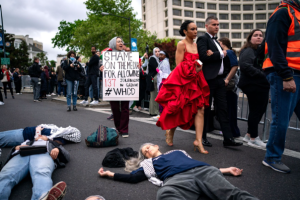

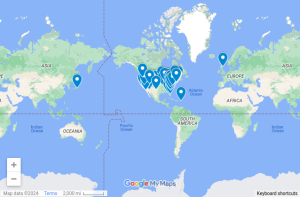




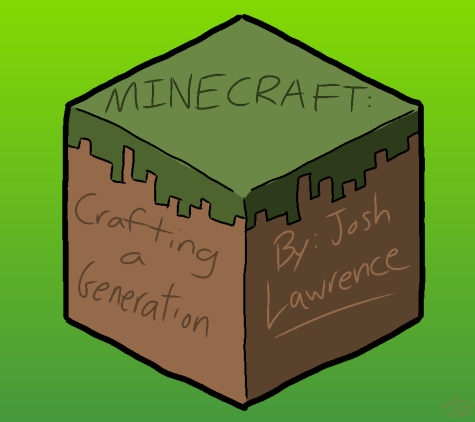


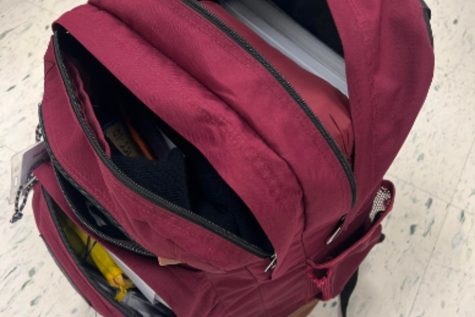

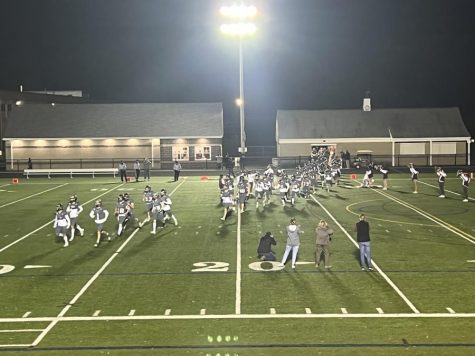
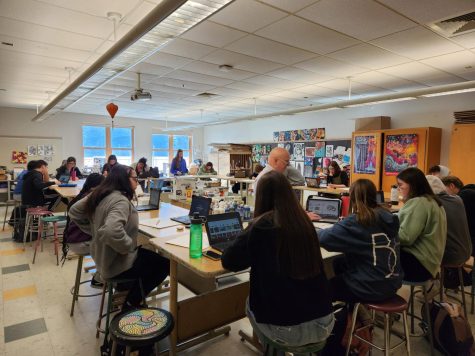
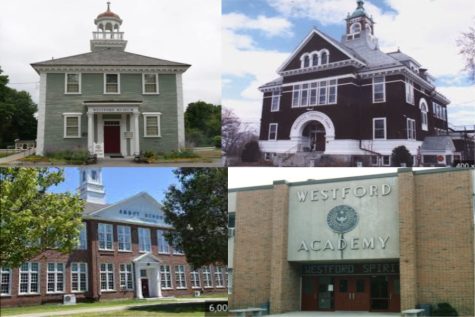
Marilyn • May 2, 2023 at 8:18 am
Well done.